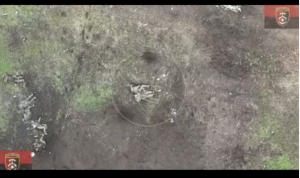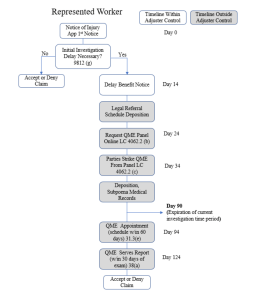Far too many work comp industry CEOs are dinosaurs.

Their refusal to adapt to today’s labor market will ensure they fail their investors/policyholders.
Two things triggered this post.
- an extensive conversation – or rather series of conversations – with the CEO of a very large payer whose workers are no longer required to work in office. When I asked about work from home, this eminently reasonable individual was mildly surprised, saying something like “of course we support WFH…there’s no reason for most of our folks to go to an office…they did just fine during COVID and like WFH so why change?” This person noted real estate and related costs would be reduced as would other expenses associated with an office-based work environment.
- A conversation with the estimable Bill Zachry, a person I am fortunate indeed to consider a good friend and mentor. Bill noted the challenges payers are experiencing finding and keeping adjusters.
It seems wildly obvious that WFH will help payers keep and find staff while lowering overall costs, significantly reducing ULAE (unallocated loss adjustment expense). Every payer C-suite has been on a cost-cutting rampage for several years in an effort to improve margins and adapt to declining frequency and shrinking rates.
In what can only be described as a logical fallacy, many payers are now “requiring” staff return to the office for more than an occasional day.
Good luck with that.
Most people do NOT have to work in an office, yet many CEOs refuse to accept that they – the Tyrannosaur Rexes of our time – cannot bend lesser beings to their will.
Sure, many workers are already back in the office, and some few prefer it. But most would much prefer not:
- having to deal with child care emergencies by taking PTO;
- commuting;
- dealing with office politics;
- wasting time at birthday parties, Monday morning “how was your weekend” chats, water cooler analyses of whatever sporting event, updates on officemates’ kids amazing (insert school/sports/music/theater/other), or the millions of other time wasters engrained in office-based work.
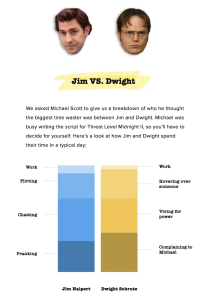
Shockingly, workers would much prefer to spend the 2 hours or so a day commuting with their family, or doing work, or exercising, or gardening or whatever.
And they’d rather save big bucks by ditching a car and its attendant insurance, license, tax, toll and maintenance costs; giving up the monthly commuting pass; not paying to park; having lunch at home and on and on.
To be sure there are arguments, some of them even reasonable, in favor of in-office work…yet the fact that most every organization survived COVID WFH is a rather compelling proof statement that WFH works.
What does this mean for you?
Mesozoic-era management will fail as will its proponents and the organizations they lead.





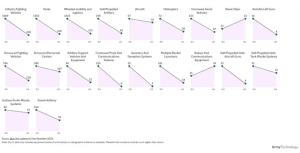
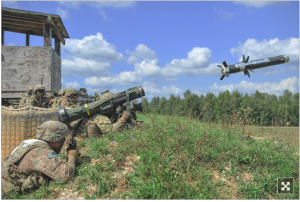 US Javelin rocket – used against armored vehicles
US Javelin rocket – used against armored vehicles
